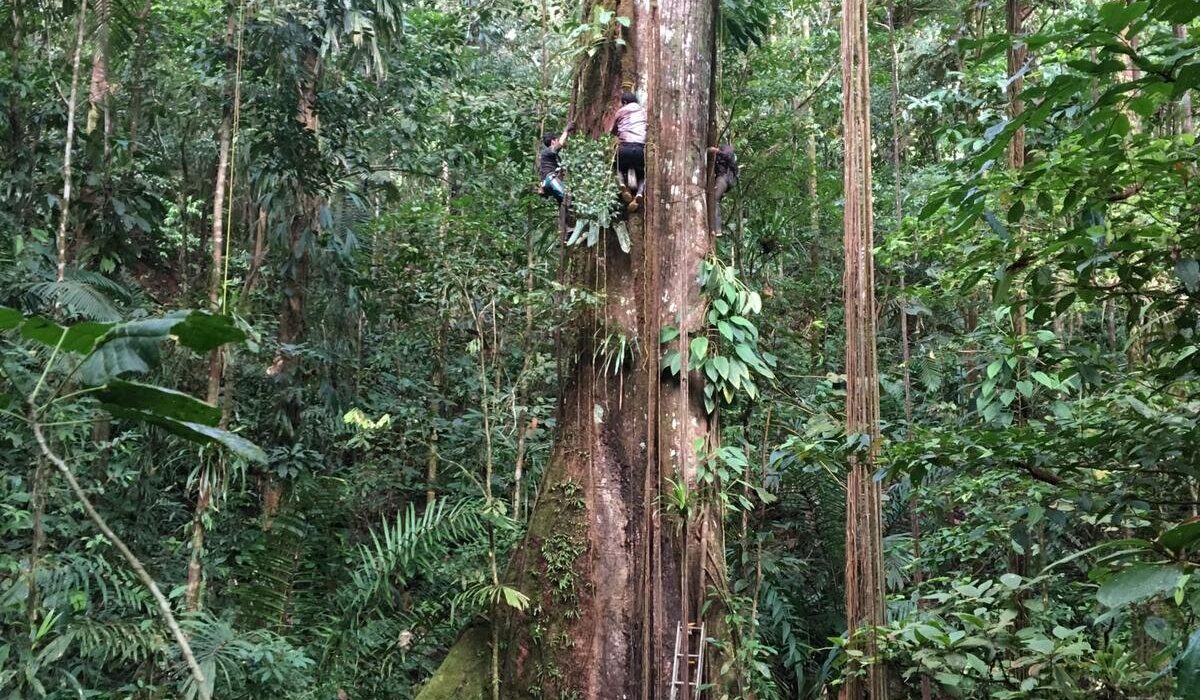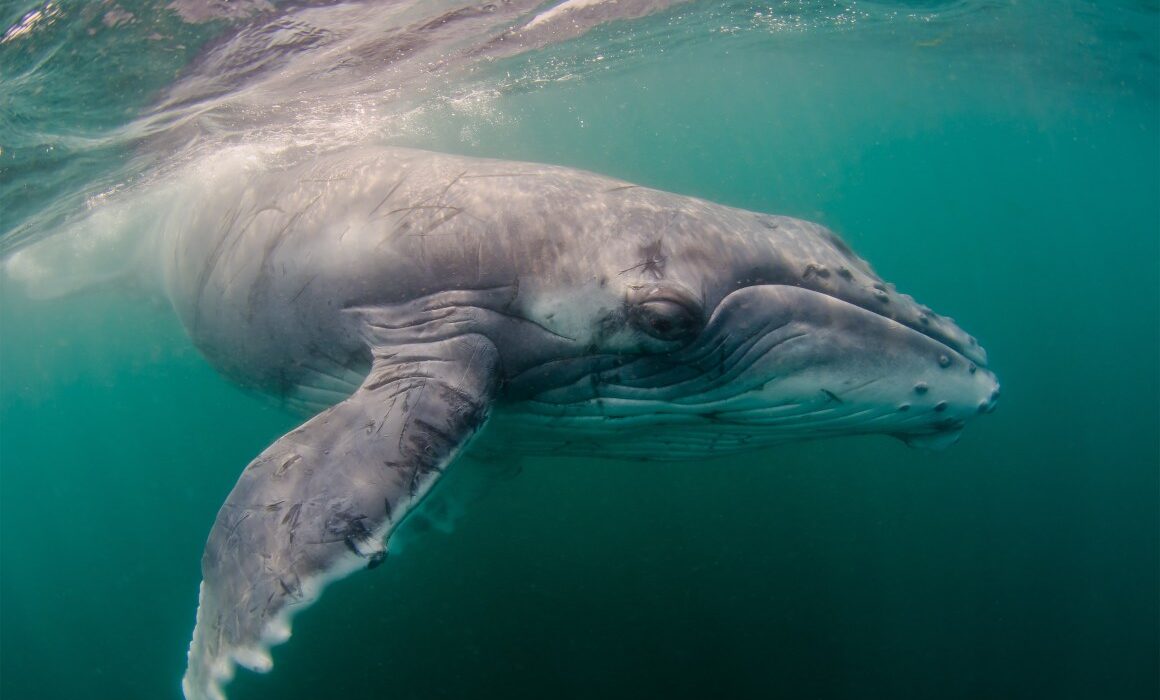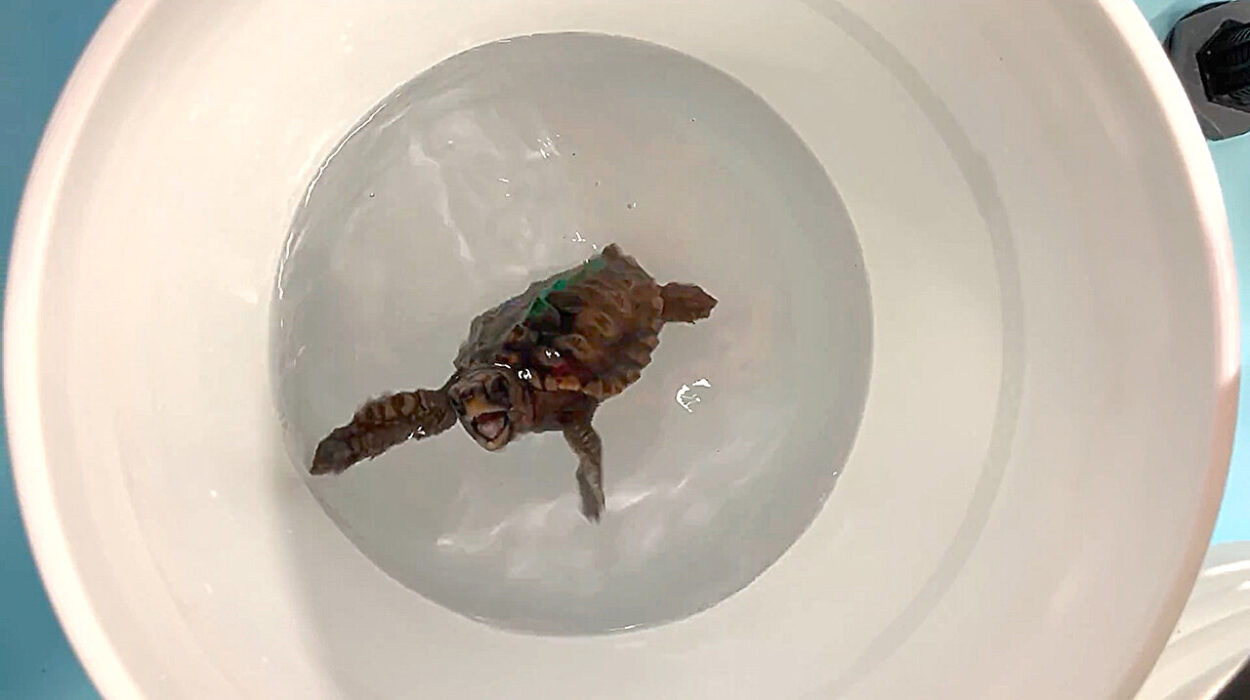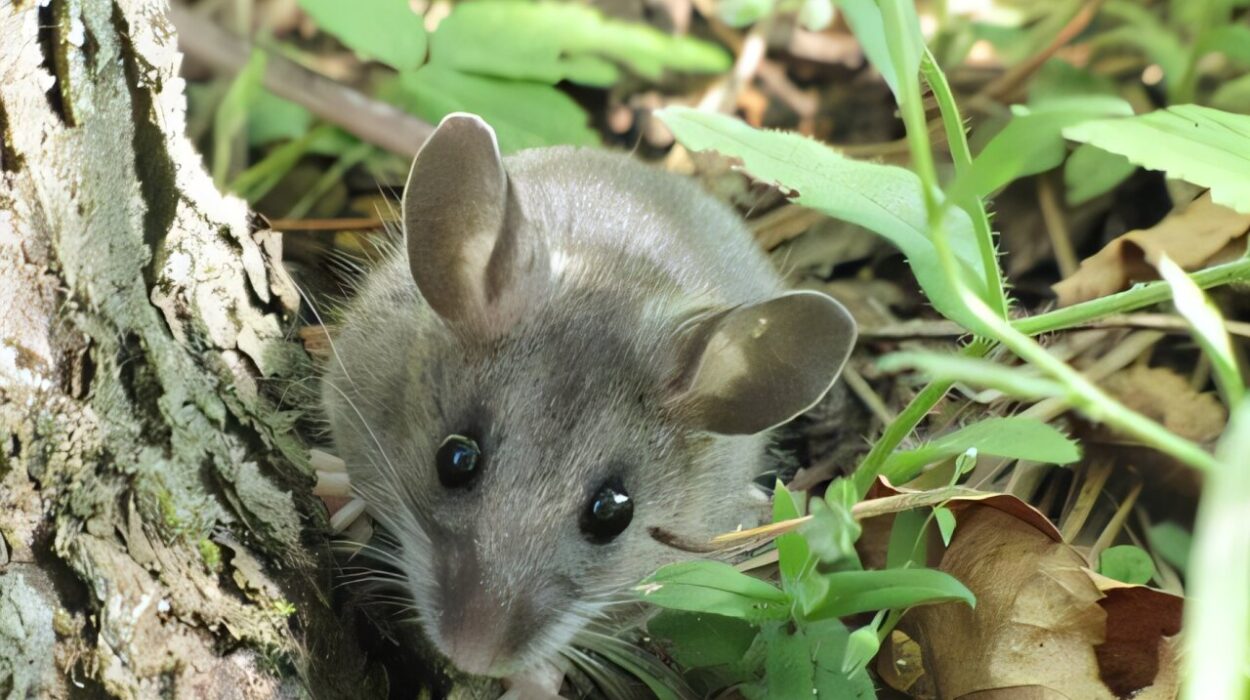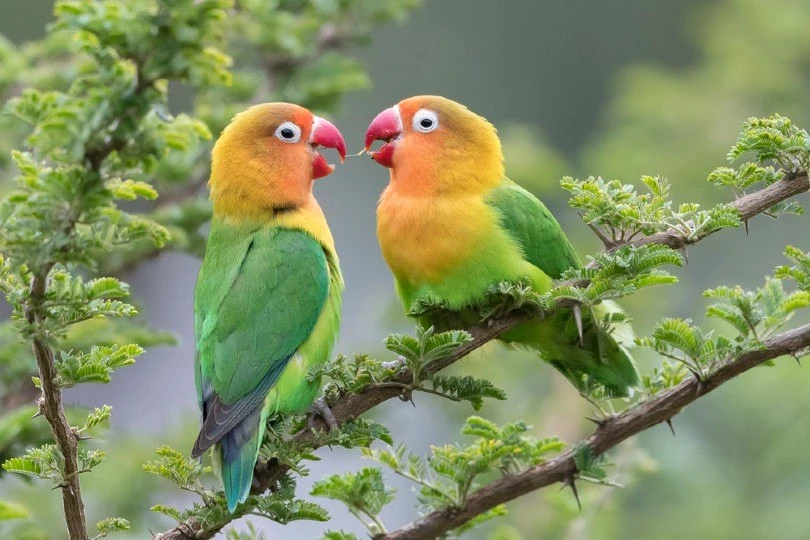Imagine the early Earth—not the lush, green world we know today, but a seething, alien landscape. The skies were choked with volcanic ash. Lightning pierced the clouds. The surface boiled with molten rock. Oceans hissed with heat. No birds sang. No plants grew. No creatures stirred. Just a lifeless planet spinning in space.
Yet somewhere, in that hostile chaos, something extraordinary happened.
Life began.
Not all at once. Not suddenly. But slowly, in whispers—tiny molecules forming patterns, patterns turning into processes, processes sparking self-replication. That first moment, that flicker of chemistry becoming biology, is one of the greatest mysteries of all time. And it’s a mystery science has spent decades unraveling.
How did life arise from non-life? What happened on that ancient Earth that gave rise to cells, to genes, to us?
The answer lies at the crossroads of biology, chemistry, physics, and time. It lies in evolution—but not just Darwin’s evolution of species. It lies in the deeper story, the one that begins before DNA, before cells, even before life itself.
The Cradle of Origins: Earth as an Incubator
To understand how life began, we must first understand where it began.
Around 4.5 billion years ago, Earth formed from the leftover debris of the solar system. It was a violent time—asteroids bombarded the planet, the moon was born from a massive impact, and oceans were still forming from volcanic steam and cometary ice.
Eventually, by about 4.0 to 3.8 billion years ago, things began to settle. Oceans cooled. Continents crusted. And somewhere—perhaps in a shallow tidal pool, or a deep-sea vent, or even in clay crystals on land—chemistry began to flirt with biology.
The key ingredients were already present. Carbon, hydrogen, oxygen, nitrogen, sulfur, phosphorus—the six elements essential for life—were scattered across the planet. Under the right conditions, they began to assemble into complex organic molecules.
These weren’t yet alive. But they were the building blocks of life. And their formation wasn’t a miracle—it was chemistry obeying the laws of physics in an environment rich with energy and opportunity.
The Great Chemical Dance
Scientists believe life began with what is called “abiogenesis”—the natural process by which living organisms arise from non-living matter. It’s not just a theory; it’s a framework supported by decades of experiments and observations.
One of the earliest and most famous experiments came in 1952, when Stanley Miller and Harold Urey tried to recreate the early Earth’s atmosphere in a lab. They mixed water, methane, ammonia, and hydrogen, then zapped the mixture with electrical sparks—mimicking lightning. After a few days, they found amino acids—the basic components of proteins—had formed.
This was a revelation: it showed that life’s building blocks could be made from simple chemicals, given the right energy.
Since then, scientists have discovered that not just amino acids, but sugars, lipids, and even nucleotides (the parts of RNA and DNA) can form under plausible prebiotic conditions. They’ve found organic compounds on meteorites and comets, suggesting the universe itself is rich with the seeds of life.
But making molecules is only the first step. How did these chemicals organize into something that could grow, adapt, and evolve?
RNA: The First Whisper of Life
To be considered alive, something must do more than exist. It must replicate, pass on information, and respond to its environment. The problem is, DNA—the molecule that carries genetic instructions in all known life—is complex. Too complex to have come first.
Enter RNA.
Ribonucleic acid, or RNA, can store information like DNA, but it can also act as a catalyst—helping chemical reactions along, much like proteins. This dual role makes it a strong candidate for the molecule that started it all.
Scientists call this the “RNA World Hypothesis.”
In this hypothetical world, short strands of RNA formed spontaneously and began to replicate. Some strands were better at copying themselves than others. Through natural selection—yes, even before life truly began—those efficient replicators outcompeted the rest.
Over time, longer, more complex RNA strands emerged. Some folded into shapes that allowed them to catalyze specific reactions. Eventually, these molecules began to team up with lipid membranes—tiny bubbles formed from fat-like molecules—to create proto-cells.
In these little bubbles of organized chemistry, the first life-like systems were born.
They weren’t cells in the modern sense. They had no DNA, no proteins, no mitochondria. But they had structure, metabolism, and the ability to evolve. And that made all the difference.
The Rise of the First Cells
As the RNA world gave way to a more complex biosphere, something remarkable happened. Some proto-cells began to incorporate other molecules—peptides, primitive proteins—that enhanced their functions. Eventually, DNA evolved as a more stable information carrier, replacing RNA in the long-term storage of genetic code.
Around 3.5 to 3.8 billion years ago, the first true cells emerged.
These were prokaryotes—cells without nuclei, similar to today’s bacteria and archaea. They lived in oceans, in hot vents, in shallow lagoons. They fed on simple molecules, absorbed sunlight, and released gases.
One group of these microbes, called cyanobacteria, began performing photosynthesis—using sunlight to convert carbon dioxide and water into sugars and oxygen. That oxygen, over hundreds of millions of years, transformed Earth’s atmosphere.
It was one of the most radical shifts in the history of the planet. The “Great Oxygenation Event” wiped out many anaerobic organisms but opened the door for new life forms that thrived on oxygen’s power.
It also laid the foundation for complex life.
From Microbes to Multicellular Marvels
For billions of years, life remained microscopic. But evolution is patient. Through countless generations of mutation and selection, cells began to cooperate.
Some cells stuck together after division, forming colonies. Others began to specialize—one for movement, another for digestion, another for reproduction. This was the birth of multicellularity.
By 600 million years ago, sponges, jellyfish, and simple worms swam through ancient seas. By 500 million, the Cambrian Explosion had unleashed a riot of diversity—creatures with eyes, limbs, shells, and teeth. Life was no longer a whisper. It was a symphony.
The fossil record tells the rest: fish gave rise to amphibians, amphibians to reptiles, reptiles to mammals and birds. Life climbed out of the sea, learned to walk, to fly, to think. Dinosaurs ruled and fell. Tiny mammals emerged in their wake. One lineage of primates learned to use tools, to paint, to write, to ask where it all began.
What Evolution Really Says
Evolution is not a ladder. It’s a tree, with countless branches. Some lead to dead ends. Others continue to grow. Life did not evolve “toward” humans or any other species. We are not the pinnacle—we are one twig among millions.
What evolution really says is this: all life is connected. From the simplest bacterium to the tallest redwood, from a hummingbird’s heart to your own, everything alive shares a common ancestor. Not metaphorically. Literally.
You are made of cells whose ancestors survived every extinction, every ice age, every cataclysm Earth ever faced. The mitochondria in your cells have their own DNA—a relic from when they were free-living bacteria, billions of years ago, before they joined forces with our cellular ancestors in one of evolution’s greatest symbiotic partnerships.
Your genes carry echoes of jellyfish, of fish, of rodents, of apes. You are a walking history of life on Earth.
And none of it was planned.
There is no blueprint, no design, no goal. Evolution works through blind variation and natural selection. Some traits help an organism survive and reproduce. Those traits get passed on. Others fade away.
It is not random, but it is not directed. It is a process—mindless, magnificent, and full of possibility.
The Human Need for Meaning
Many people struggle with the idea that life could come from non-life, that humans could descend from simpler creatures. It seems to strip life of meaning, to reduce our existence to chance and chemistry.
But this view misses something profound.
Evolution doesn’t make life less meaningful. It makes it more miraculous. That you, a creature made of atoms forged in stars, can ask how life began, is itself a wonder. That molecules could dream, that cells could ponder the cosmos, is astonishing.
And the fact that it all happened without design, without intervention, makes the story even more powerful.
We are part of nature, not apart from it. We are its consciousness, its storytellers, its curious eyes.
What We Still Don’t Know
Science has explained much about life’s origins, but mysteries remain.
We don’t yet know exactly where life began—was it in deep-sea hydrothermal vents, where chemical gradients provide energy? Or in shallow pools that dried and refilled, concentrating molecules into living systems?
We don’t know the full timeline, or every step. No one has recreated life in a test tube from scratch—though researchers have made astounding progress.
But ignorance is not failure. It’s opportunity. Every unanswered question is an invitation to learn more, to dig deeper, to uncover the secrets written in the language of atoms and time.
And as we search for life beyond Earth—on Mars, on the moons of Jupiter and Saturn, on distant exoplanets—we may find that life is not a miracle unique to Earth, but a natural outcome of the laws of the universe.
From Stardust to Storytellers
You began as a zygote—a single cell. That cell came from a sperm and an egg. Those cells came from others, stretching back to your parents, grandparents, and beyond, to apes, to fish, to microbes, to the very first cell on Earth.
But it doesn’t end there.
That first cell came from non-life. From molecules in an ocean. From atoms in rocks and air and water. Those atoms came from stars. And the stars came from hydrogen—born in the Big Bang.
You are a direct descendant of the universe.
Not just metaphorically. Truly.
The atoms in your body were once in stars, in oceans, in dinosaurs, in lava. And through 13.8 billion years of cosmic evolution, here you are—thinking, feeling, wondering.
How did life begin?
It began with stardust and time. It began with chance and chemistry. It began with the laws of physics—and the quiet, relentless force of evolution.
It began before memory. But we remember.
Because we are life.

